What is the LHC?
The Large Hadron Collider is a particle accelerator situated at the European Organisation for Nuclear Research (CERN). It is not an experiment, more of a laboratory- many different experiments will be performed with it. The LHC is a pair of enormous rings called beampipes, 27km in circumference, into which we inject protons, and speed them up to ridiculously high speeds- almost the speed of light.
Protons are nothing special, they make up a significant portion of the contents of our bodies, and all the material we see around us. Contained within the nucleus of atoms alongside neutrons, they are about 1000 times heavier than the electron. The protons we inject into the LHC are like the blast from a shotgun, rather than a stream of single protons, we inject 'bunches', containing 100,000,000,000 protons in a beam the thickness of a human hair. There are 2808 of these bunches in the machine at any instant, and they will travel around the rings in opposite directions completing a lap of the machine 11000 times per second.
The LHC itself isn't much to look at. It consists of a lot (1232) of shiny blue tubes about the diameter of a car tyre attached end to end around the ring, situated 100m or so beneath the borders of France and Switzerland. These are the superconducting dipoles, which is a fancy name for what is essentially a big magnet. Inside these blue tubes are the beampipes, sitting side by side and surrounded by liquid helium and superconductor. The superconductor needs to be kept cold to operate, and holds an enormous electric current creating a strong magnetic field. This field is what holds our protons inside the accelerator. As the protons travel around the ring they get flung outwards like a kid on a playground roundabout. The magnets provide the nudge needed to stop the protons flying out from the ring in a straight line and burning a hole in the side of the beampipe.
At four different locations on the LHC are 'interaction points' where we bend these two beams together much like the crossovers you see on toy car racetracks. At these interaction points the two beams collide smashing individual protons together unleashing vast amounts of energy in a very small space. This is where we hope to witness some things humankind has never before seen....
The Experiments of the LHC
There are four main experiments, one at each interaction point. These are the real beasts which everyone has probably seen photos of by now. What the hell though, I'll throw in some more.CMS is the Compact Muon Solenoid... compact? I think not. It is the heaviest of the experiments at over 12500 tonnes. This is mostly because it has to generate a large magnetic field deep within the detector- the superconducting magnets use an iron return yoke made from the hulls of old russian battleships (no joke!).
LHCb is the boringly named Large Hadron Collider beauty experiment. This is the one I work on, and the ugliest of the bunch. I don't know who the hell chose the vomit yellow and green coloring, but the detector itself is beautiful to work with. She's the smallest of the experiments, both in terms of material and researchers, but she's also the most precise, capable of measuring with far higher accuracy than the others.
ALICE is A Large Ion Collider Experiment. Rather than looking at protons, ALICE is going balls-to-the-wall and looking at lead ion collisions. This is the equivalent of slamming two elephants together at a few hundred miles an hour and trying to understand the mess, in comparison to the protons used in the other experiments.
So what are the experiments looking for?
The four experiments are each looking at very different things: ATLAS and CMS are 'general purpose' detectors, and are concentrating on looking for the Higgs boson (more on this later), but also looking for signs of new physics and lower resolution studies of the things LHCb and ALICE are looking at. The LHC was primarily designed to find the Higgs, so the two detectors add some redundancy- if one doesn't find it, the other can still do so.
LHCb is trying to tell us why we're made of matter. Sounds like a stupid question, right? Actually it is a bit of a head-scratcher. The Big Bang is now favored as the model of the creation of the universe. It predicts very well a number of phenomena we can measure accurately enough to tell us it's right. It gets it wrong somewhere important though, and that is that our models tell us matter and antimatter were made in equal amounts at the dawn of the universe. We can measure how much antimatter exists now, and it is several billion times less than the amount of matter in the universe. The thing is, this shouldn't make sense- if the same amounts of matter and antimatter were made, and they mixed with each other, they'd annihilate again leaving nothing behind. The fact that there was less antimatter than matter is the reason we exist today, but we don't know why. The LHCb will give us a deeper insight into this.
ALICE is trying to simulate conditions immediately after the big bang, slamming heavy lead ions into each other and releasing so much energy in such a confined space that the temperatures soar to those many thousand times hotter than our sun. Immediately after the Big Bang, all the matter in the universe was crammed into a spot a lot smaller than a pinhead, and the conditions there are like something that we cannot find in our universe today. Strange states of matter are thought to have existed at these temperatures, and ALICE will probe them for a better understanding of the formation of the universe we see today.
So how do you detect all these crazy particles? What does it 'look' like?
At the interaction points within the detectors, our protons slam together turning into pure energy. Einstein's great equation tells us that energy = matter, so if we have enough energy, particles can be made from it. What particles are made depends upon how heavy they are. These new particles, most of which we have seen before, are usually unstable and decay into even more particles. The direction they shoot off in, their mass, speed, charge, and what they decay into make a 'signature' telling us what the particle was.
The big detectors are actually made up of thousands of smaller detectors, much like a digital camera is made up of a few thousand light sensors. In fact, much of the technology in a digital camera is similar to the silicon detectors most of these experiments use. Light is after all just a bunch of photons, a particle we measure all the time in these interactions we study. Different subdetectors measure different things- calorimeters measure energy, trackers measure the path a particle takes as it flies through, and vertex locators tell us where the particle was born.
Putting together all this information is a tricky task- in your digital camera each pixel gets read out and saved to the camera memory to make an image a few MB in size. Our detectors do the same. We take a picture and each subdetector that saw something gets read out to disk forming an 'event'. This event can be a terabyte in size, and we take a picture 40 million times a second. This would be impossible to store, but much like going through your camera and deleting the crap shots, we have what is called a 'trigger'. The trigger is a whole bunch of computers that look at the event to see if anything interesting happened. Most of the time the photos are just noise- things we have seen before and have told the trigger computers to ignore. Once in a while however, we'll see something interesting. This gets sent along the tunnel from the experiment to CERN's computing centre where it is reconstructed.
Reconstruction is turning the event that we have captured into physics. Basically the event consists of a load of information from the electronics like 'This subdetector saw this voltage in this sensor, This other subdetector saw two hits in these two locations'. Reconstruction turns that into 'a Kaon was spat out of here at almost the speed of light, it flew along for 1.47 nanoseconds and then decayed into two pions'. It is here that we get the pretty pictures:This is a simulated higgs event in the CMS detector. The different coloured lines are different particle tracks, while the white squares are energy deposits in the calorimeters. The reason the tracks are 'curly' is because the inside of the detector is a strong magnetic field. The particles bend in this field, and how much they bend tells us what type of particle they are.
By capturing many, many events like this, we can form an idea of what is going on- what particles are decaying into what other particles, and how often. If we measure an absence of energy, we know something is happening that we can't detect. This is one of the fingerprints we are looking for, signs of new particles we have yet to observe....
So will the LHC Kill us all? Is it dangerous?
No.
The LHC is going to produce things physicists have never before seen, but in a lot of cases we hope it will produce things we've predicted. Recently a number of somewhat unsavoury attention whores have misled the media and general public with a campaign based on the possibility that we may produce something truly dangerous. There have been numerous arguments against these 'doomsday scenarios', all from physicists a good deal smarter than me. Here is my take on the subject though:
It was originally considered that the LHC may produce micro black holes. These would be black holes smaller than atoms. Of course, knowing that a black hole is not something you want to get too close to, this drew a lot of scaremongering. The truth is that black holes must be produced at a certain size before they are capable of growing on their own by attracting more matter. That size was estimated in a recent paper to be larger than the mass of our sun. Anything smaller and they just sit there evaporating until they are no more. The smaller the hole, the faster the evaporation. We expected anything the LHC could have produced to live for a few femtoseconds before disappearing. As it turns out, another recent paper provides convincing proof that black holes are not likely to be produced at the LHC at all....
There are other supposed dangers, namely magnetic monopoles and strangelets. In both cases the theory on which these exotic forms of matter have been based is a little crackpotish, and numerous conterarguments have been put forward. To paraphrase Prof. Frank Close of Oxford University's High Energy Physics dept, "The LHC isn't going to end the world. If it does, you can sue me."






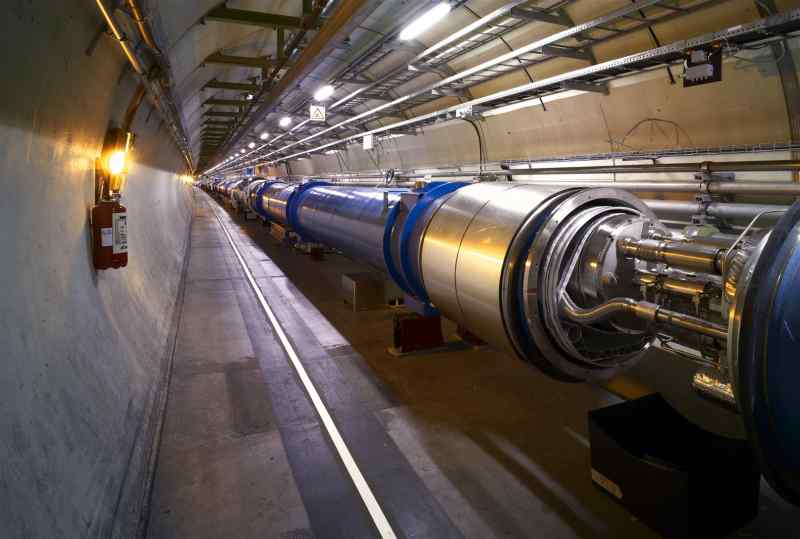
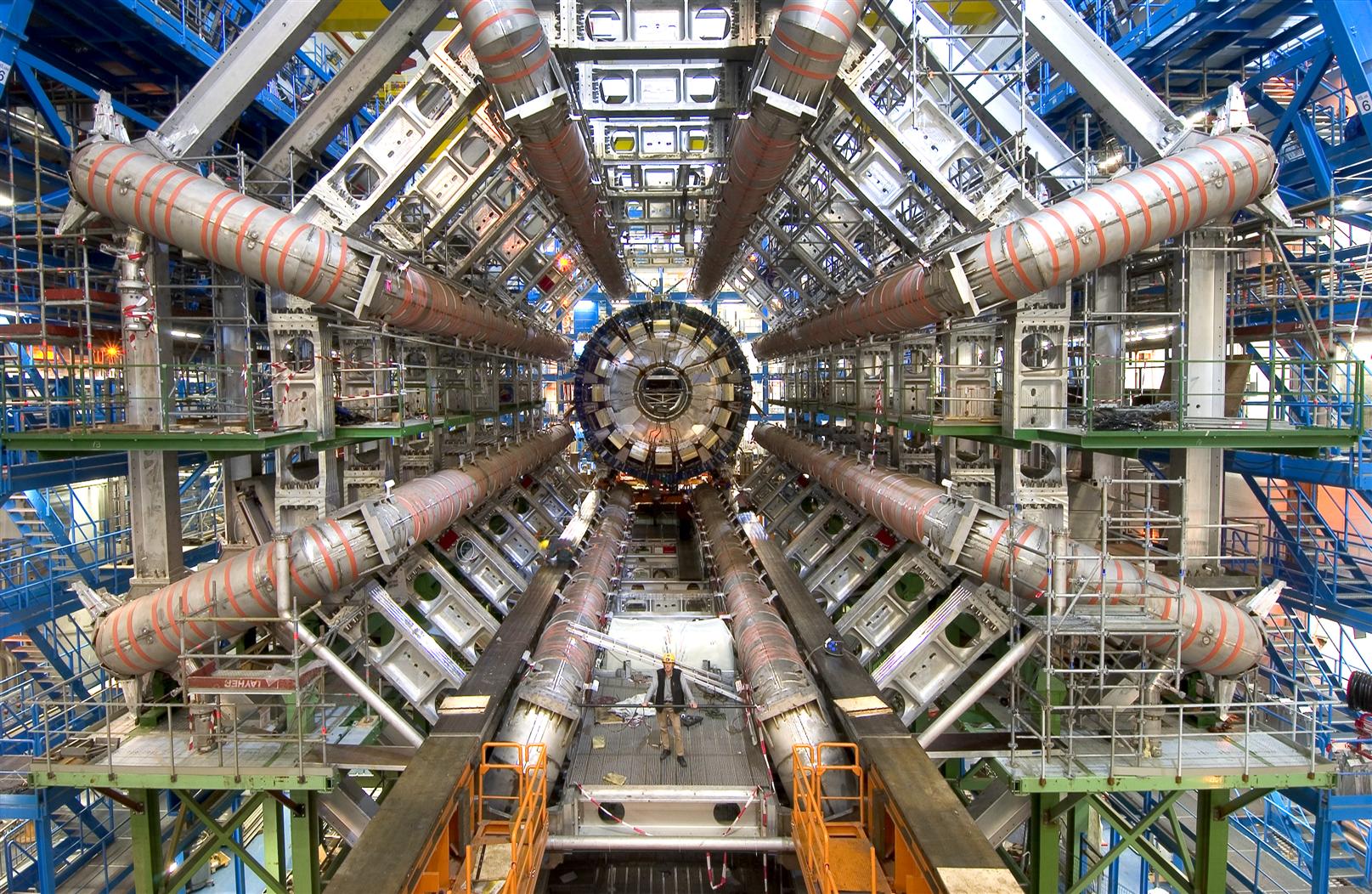
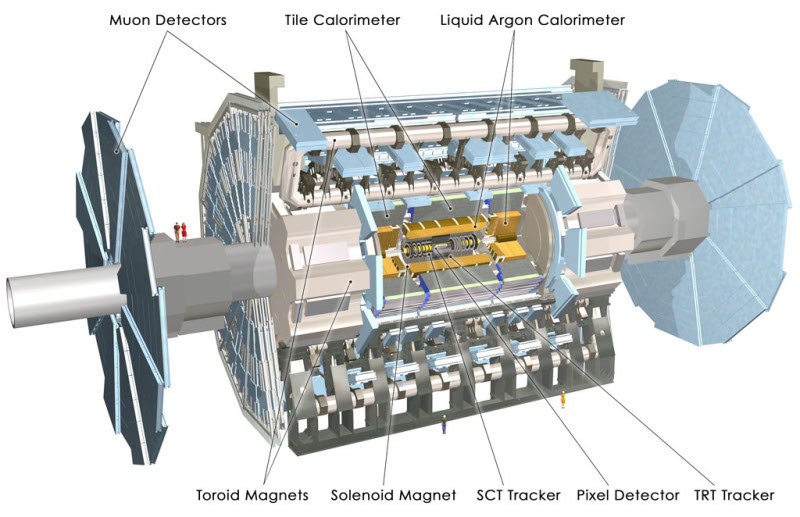
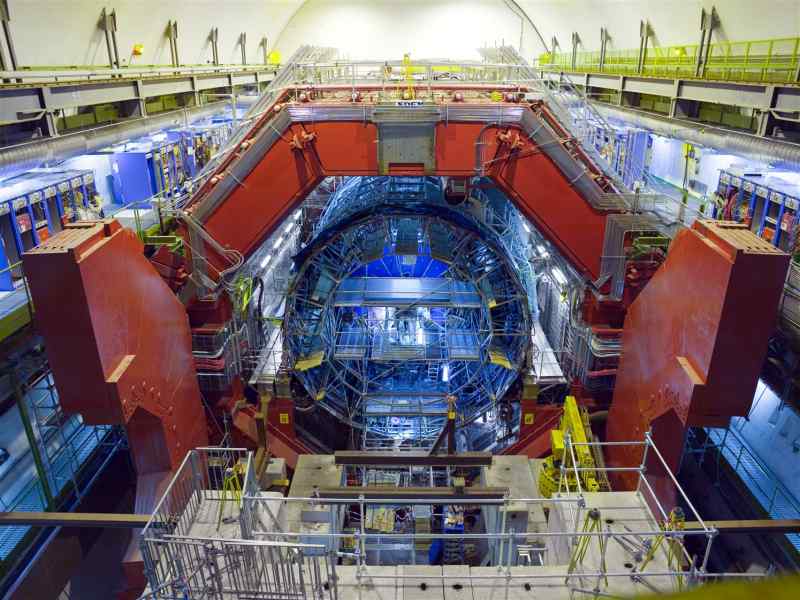
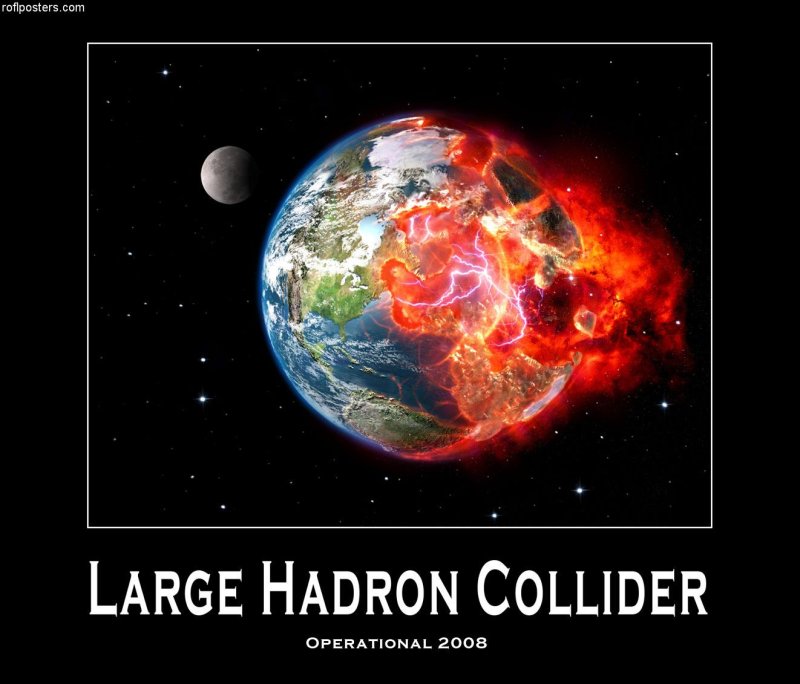

 Reply With Quote
Reply With Quote




Social Networking Bookmarks